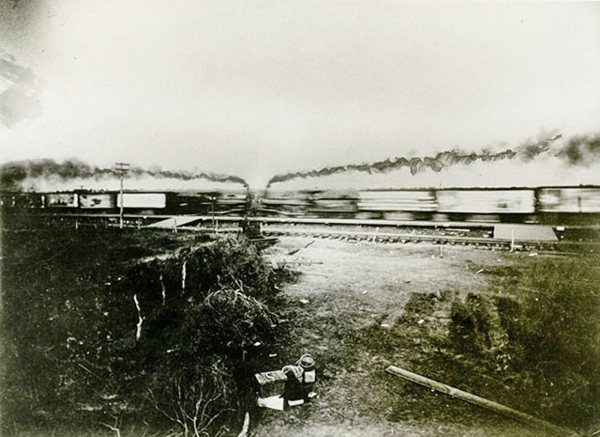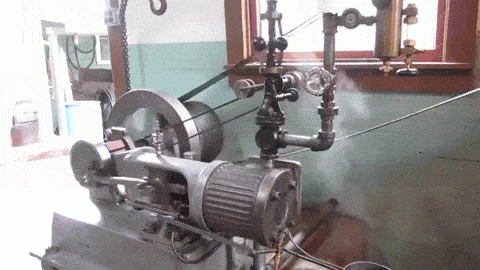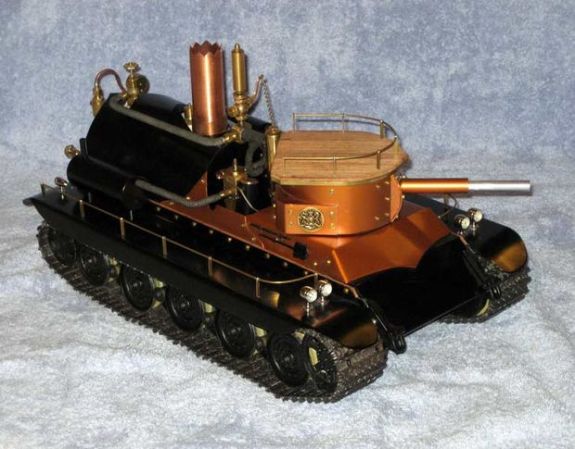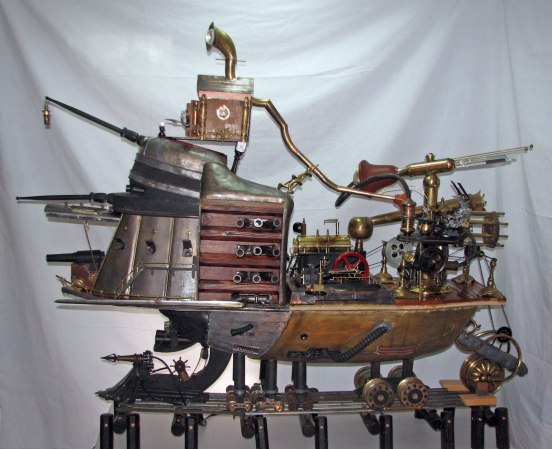Liquid nitrogen is fun stuff to play with, as long as you’re careful and avoid freezing your own fingers off and shattering them on the workbench. As the liquid turns to gaseous nitrogen at around -196 C, [The Action Lab] figured that it could be used to propel a simple steam engine at room temperature. Testing this out had amusing results.
The device under test is a Hero’s Engine, otherwise known as an aeolipile. This consists of a hollow sphere filled with water, fitted with a series of nozzles that shoot out steam when the vessel is heated. Via the rocket principle, this causes the device to rotate about its axis.
When filled with water and heated with a candle, the aeolipile spun at up to 2520 RPM. [The Action Lab] next tested it filled with water in a vacuum chamber, with the low pressure causing the water to boil at room temperature. The effect was less impressive however, with the engine spinning at a much slower rate.
The best result was with liquid nitrogen inside the engine. With the nitrogen quickly boiling at room temperature, the aeolipile quickly spun up to a great speed. The engine stand had to be steadied to avoid it tipping over, before the seal at the top of the engine blew off from overpressure.
We’d love to see the same experiment done with a piston-type steam engine, too. Video after the break.
Continue reading “Liquid Nitrogen Isn’t Suitable For Steam Engines”


















